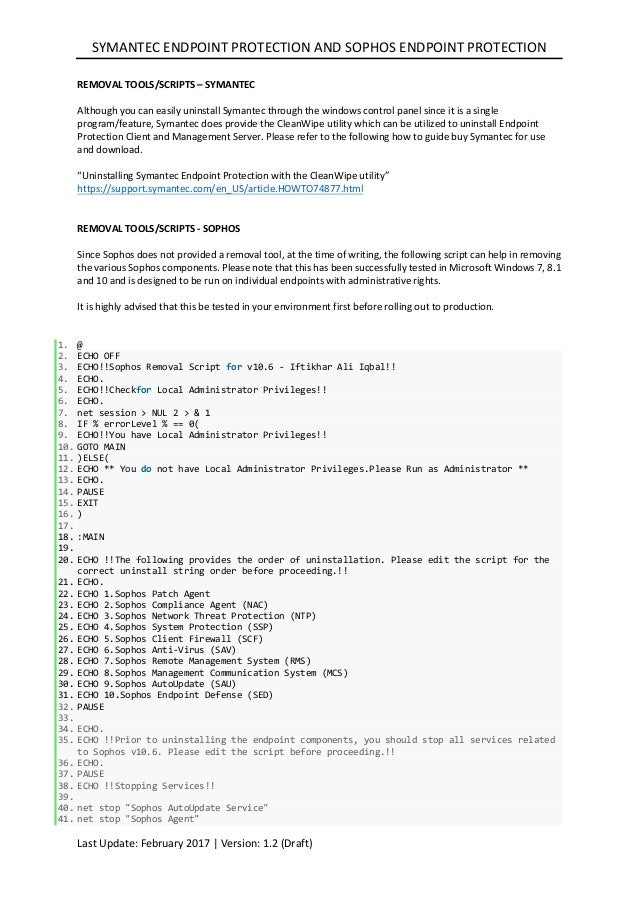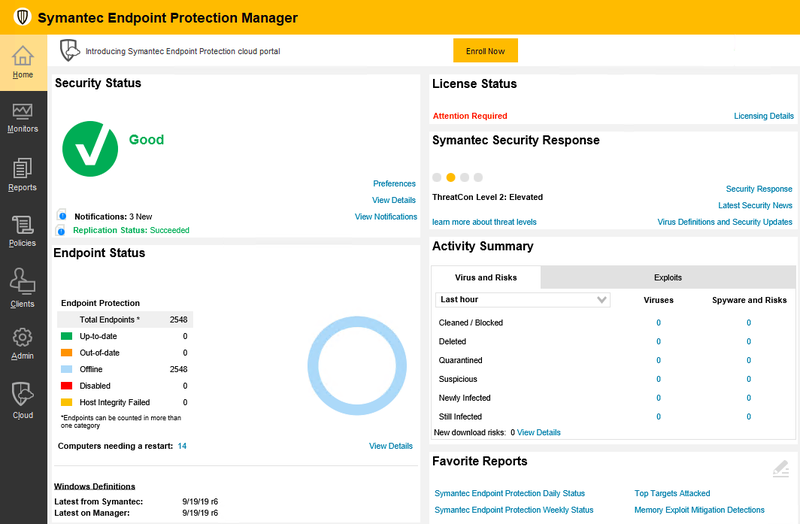
This procedure is very useful if you must retain your logs for a relatively long period of time, such as a year. If you regularly perform a manual log sweep after you have performed a database backup, it ensures that you retain all your log data. If you allow an automatic sweep to occur, you may lose some log data if your database backups do not occur frequently enough. You can perform a manual log sweep after backing up the database, if you prefer to use this method as part of routine database maintenance. The process is the same regardless of whether the sweep is automatic or manual. The timing of the switch depends on the log settings that you set in the site properties. Switching from one table to the other, also called sweeping the logs from the database, occurs automatically. The information in table B remains until the switch occurs. At that time, table A is cleared completely and new entries are stored there.

The data remains in table A until table B reaches its threshold or the number of days that is specified in the Expired after field. When the log threshold or expiration occurs, new log entries are stored in the second table (table B). New log entries are written into this table.

For the logs that are stored in two tables, one table (table A) is the current log table. You can set the database maintenance options that affect the data that is stored in a single table. The single table that contains the other logs' data is managed by using the database maintenance options in the site properties. You can set the log options for managing the database logs that are stored in two tables. The data from other logs is stored in a single table. The data from all the logs that are uploaded to the console are stored in the console database.ĭata is stored in two tables in the database from the following types of logs:

You can configure a number of options to manage the logs that are stored in the database.


 0 kommentar(er)
0 kommentar(er)
